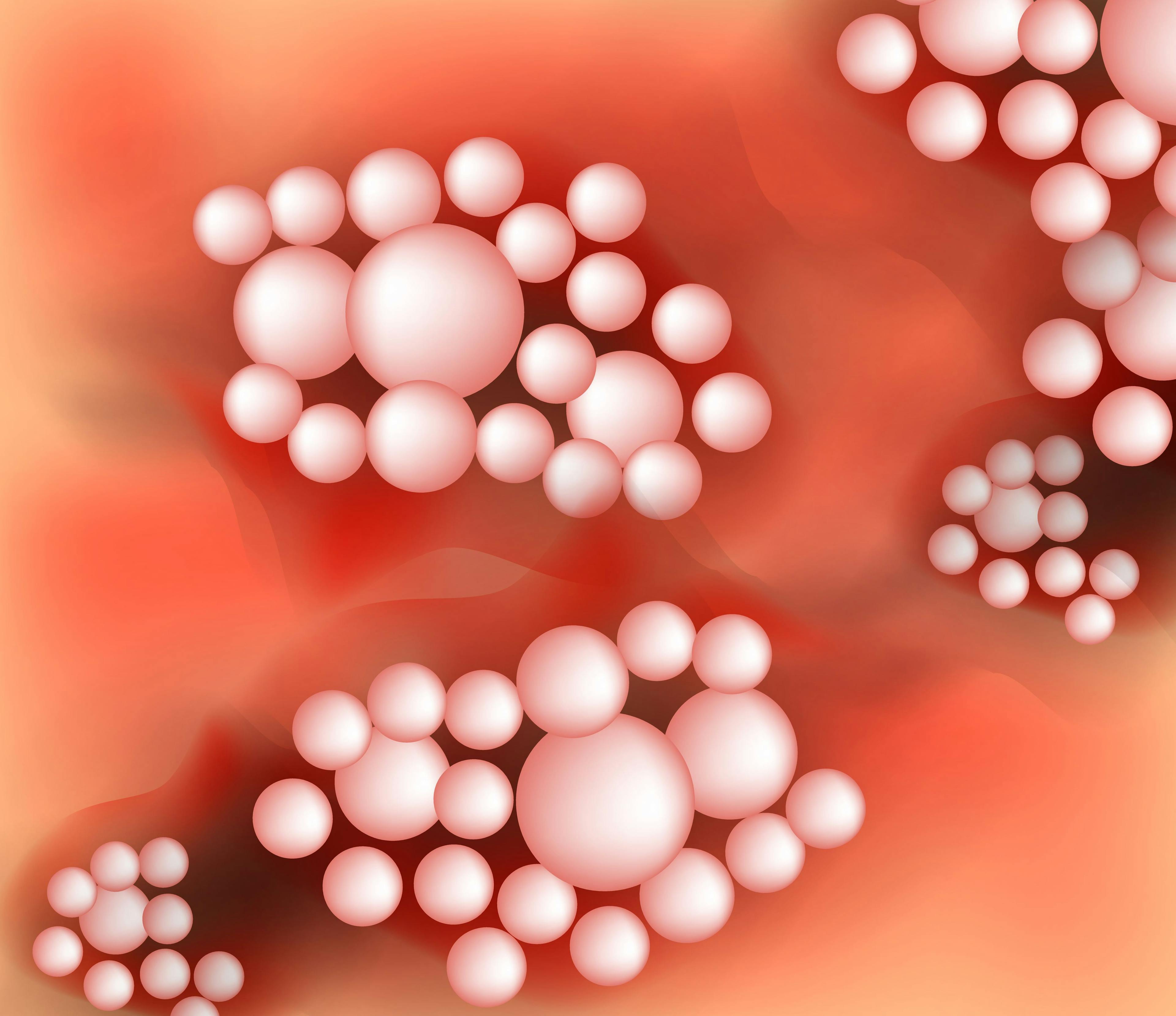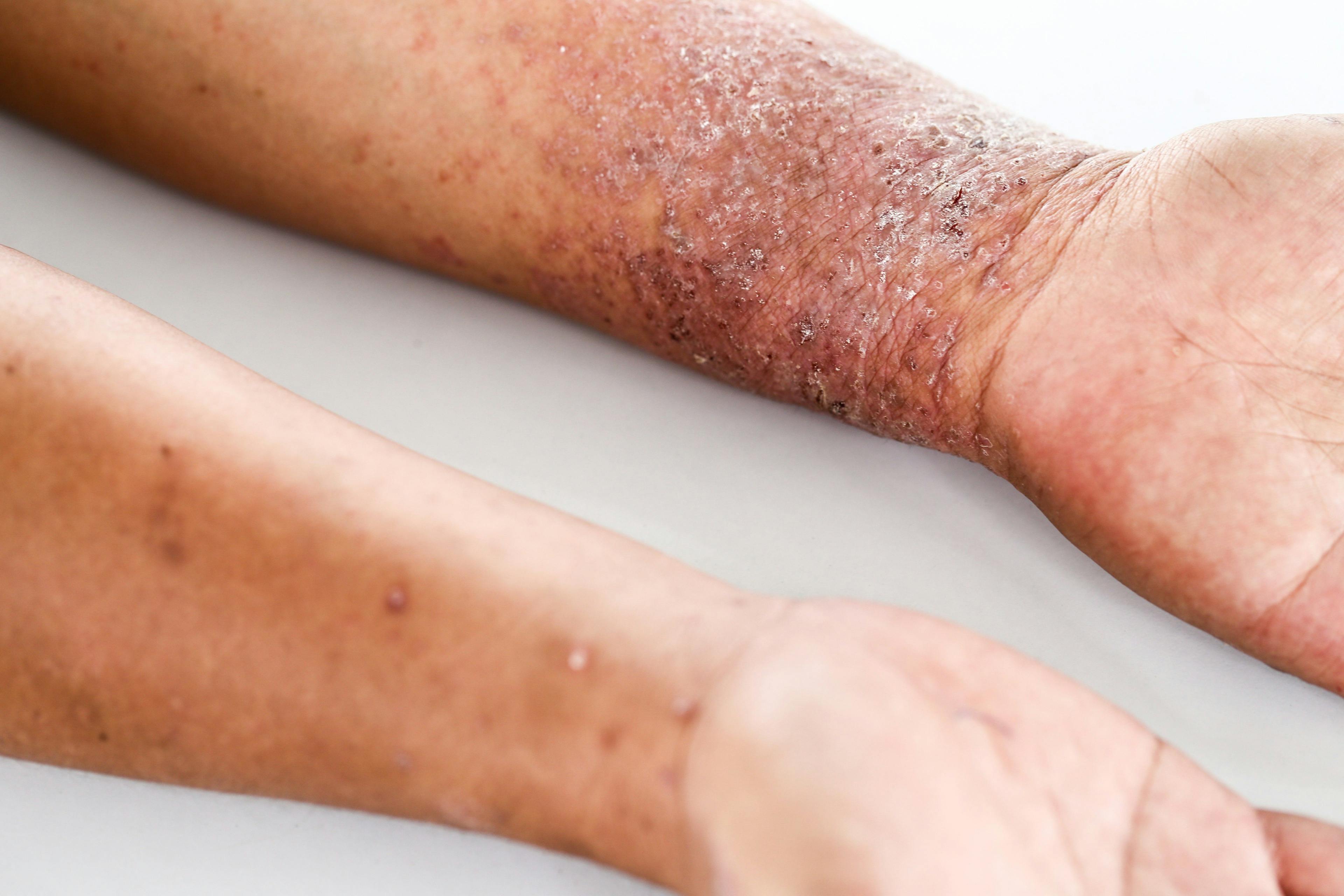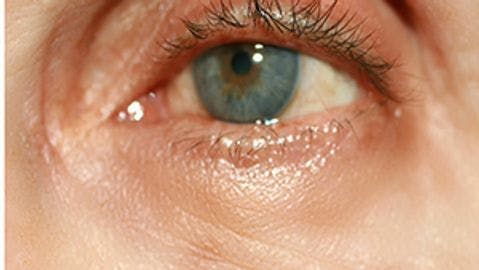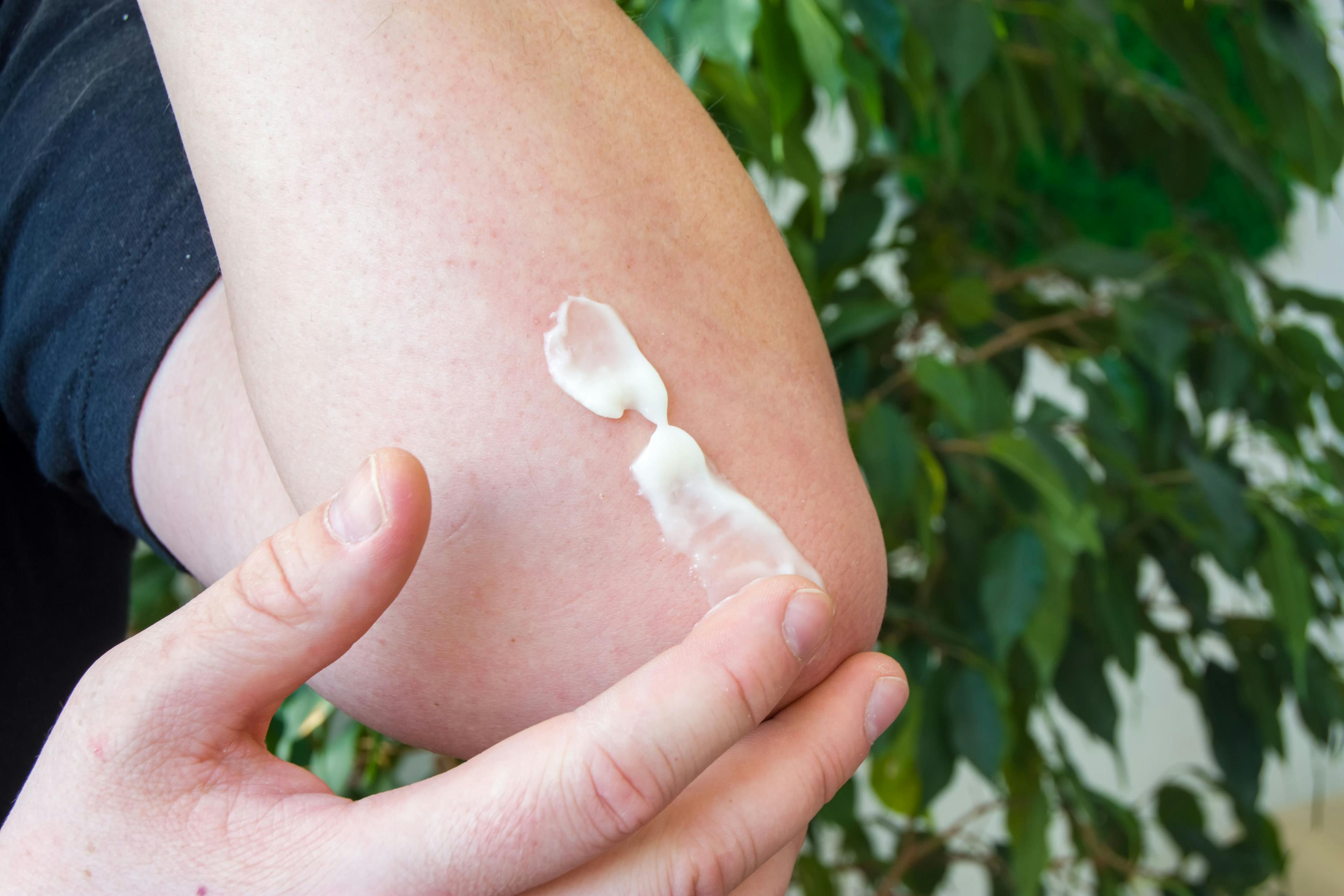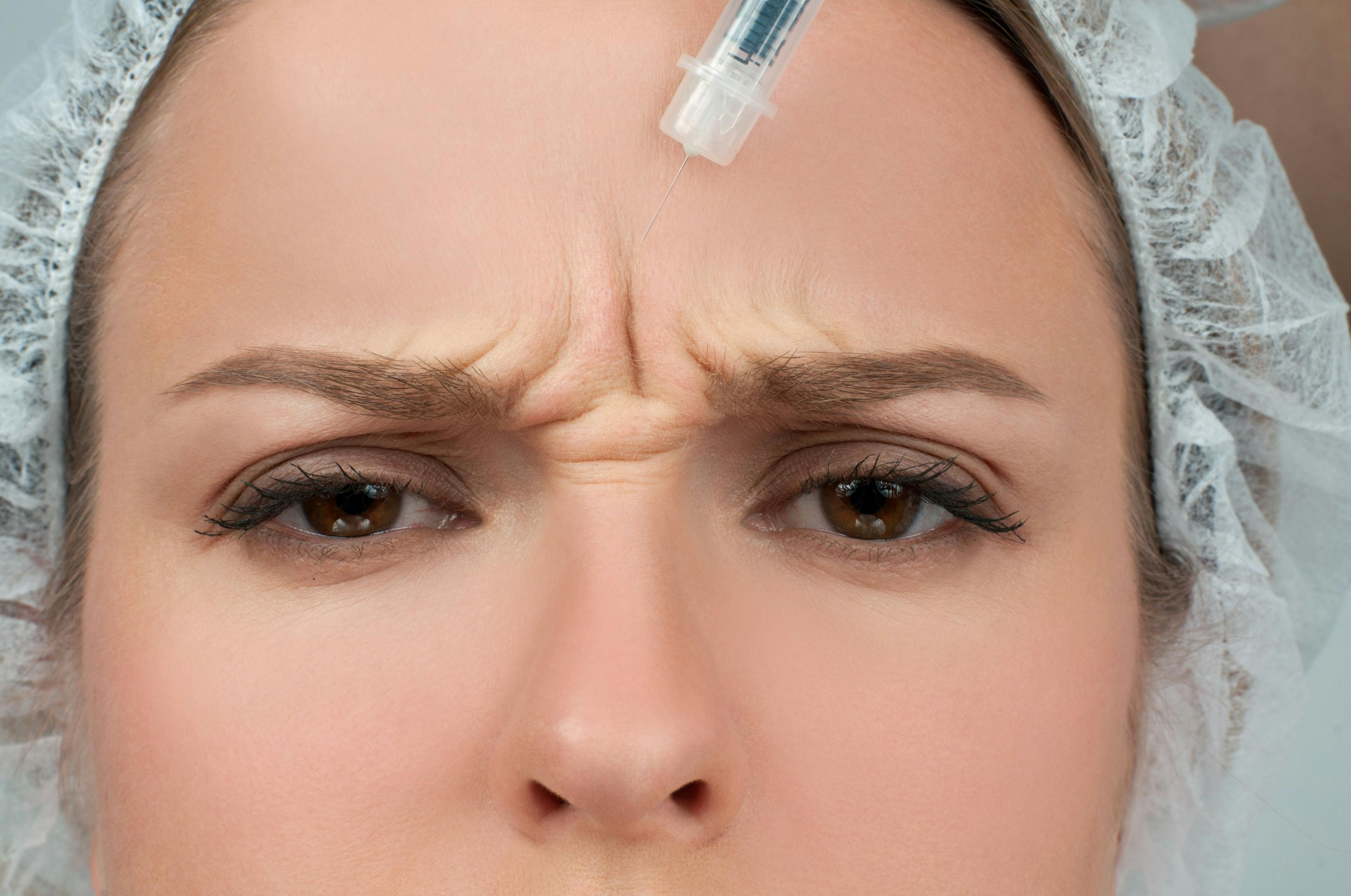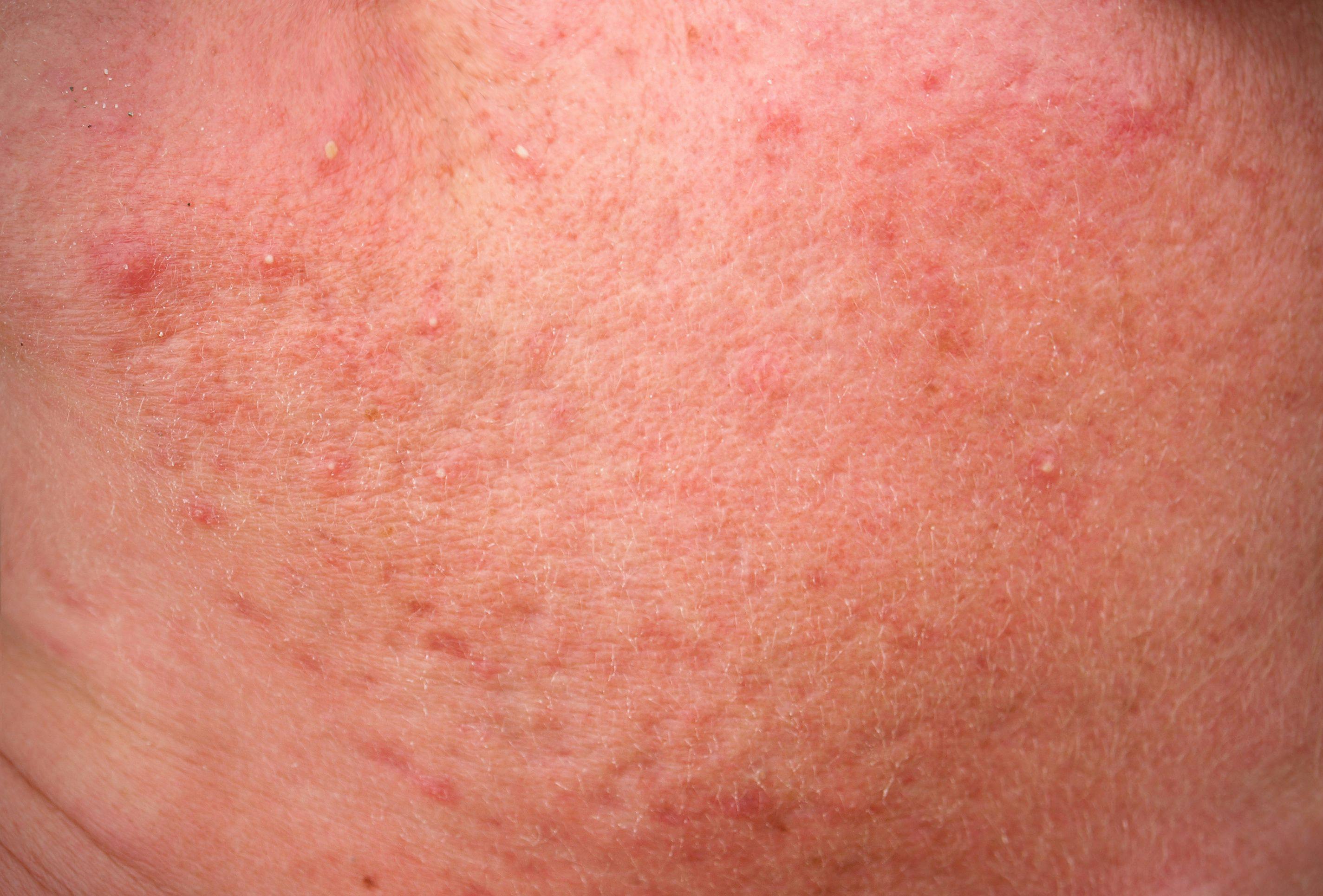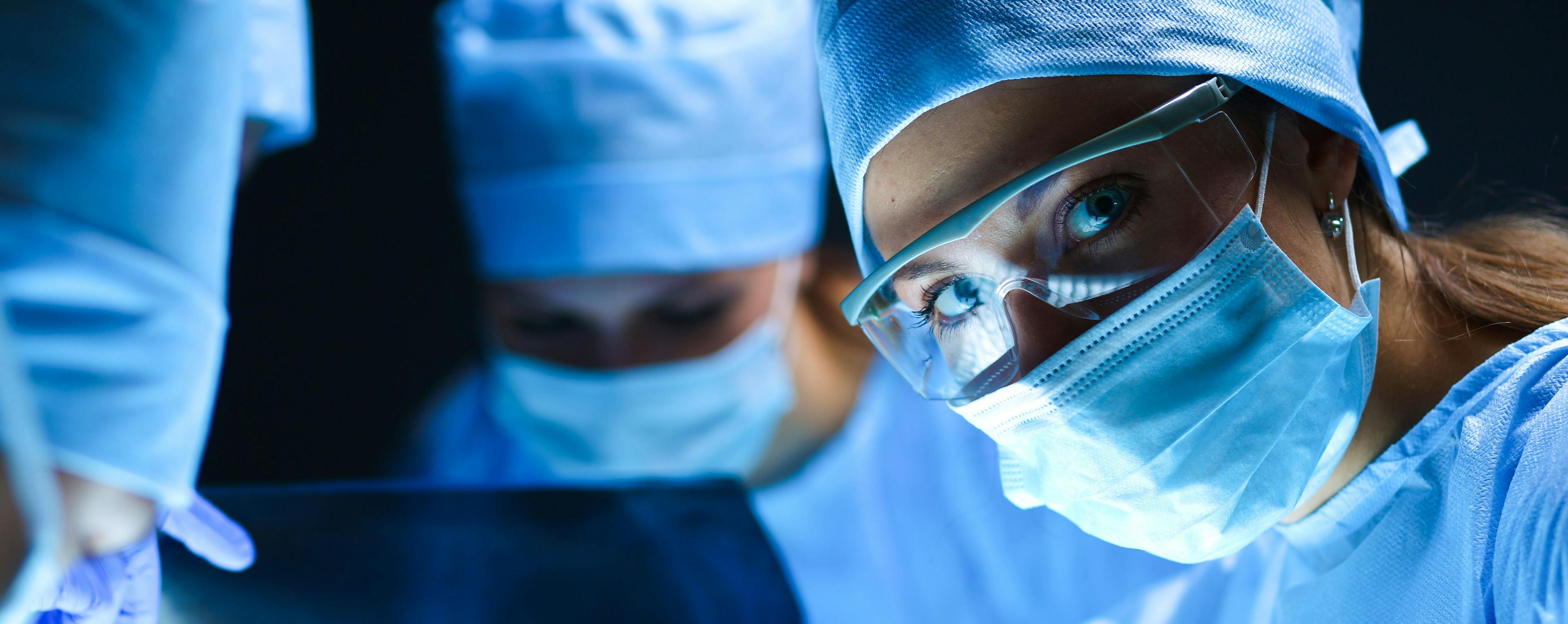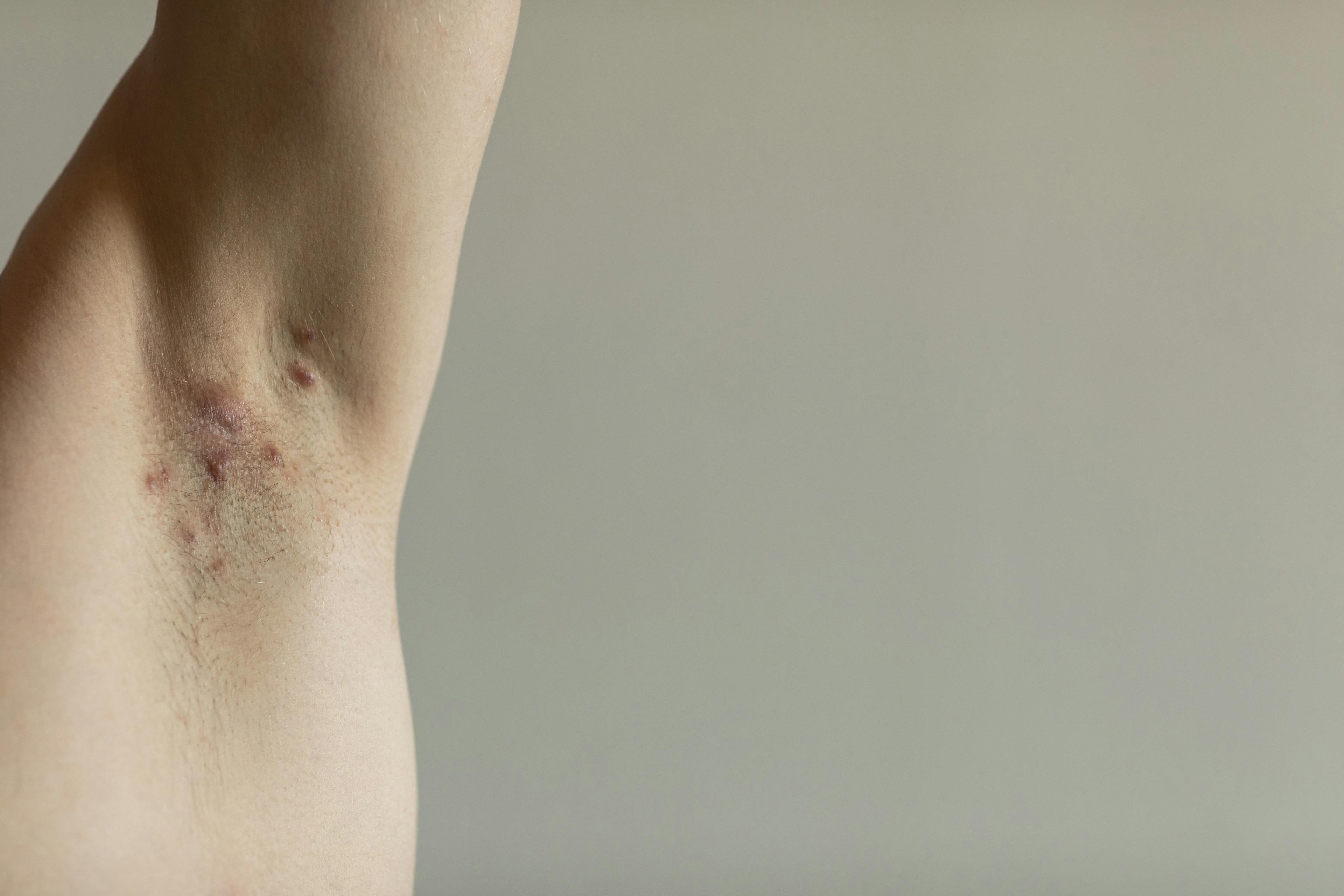- Acne
- Actinic Keratosis
- Aesthetics
- Alopecia
- Atopic Dermatitis
- Buy-and-Bill
- COVID-19
- Case-Based Roundtable
- Chronic Hand Eczema
- Chronic Spontaneous Urticaria
- Drug Watch
- Eczema
- General Dermatology
- Hidradenitis Suppurativa
- Melasma
- NP and PA
- Pediatric Dermatology
- Pigmentary Disorders
- Practice Management
- Precision Medicine and Biologics
- Prurigo Nodularis
- Psoriasis
- Psoriatic Arthritis
- Rare Disease
- Rosacea
- Skin Cancer
- Vitiligo
- Wound Care
Publication
Article
Dermatology Times
Hair Restoration Goes High-Tech
Author(s):
Futuristic tools including robotics and new types of lasers are just some of the therapeutic innovations aimed at slowing hair loss and increasing hair growth.
Futuristic hair restoration techniques are coming of age with the introduction of robotics, platelet-rich plasma (PRP), and photobiomodulation (low-level laser light) leading the way, according to experts presenting at the American Academy of Dermatology Virtual Meeting Experience (AAD VMX) 2021 annual meeting, April 23-25, 2021.1
Providing an overview of some of the innovative therapeutic tools clinicians can use to slow hair loss and increase hair growth were Maria Hordinsky, MD, professor and chair of the Department of Dermatology at the University of Minnesota and the director of the department’s clinical research division in Minneapolis, who led the session; Marc R. Avram, MD, a Manhattan-based dermatologist and clinical professor of dermatology at New York-Presbyterian Hospital/Weill Medical College at Cornell Medical Center in New York, New York; and Neil S. Sadick, MD, FACP, clinical professor of dermatology at New York-Presbyterian Hospital/Weill Cornell Medical Center in New York, New York, and adjunct professor, Department of Dermatology, University of Minnesota in Minneapolis.
Transplants: The Role of Robotics
Transplant techniques used in hair restoration therapy have progressed from the use of large plugs to the harvesting of follicular units, allowing hair transplant surgeons to create undetectable, natural-looking results, Avram said. In his view, the robotic-assisted harvesting of follicular units has several advantages over manual harvesting.
“In the last few years, a novel approach has evolved to perform hair replacement robotically,” Avram said. “We take out each individual hair follicular unit from the back of the scalp with an incision that is less than 1 mm and then immediately place those follicular units at the front of the scalp where the hair is thinning. This has become state-of-the-art technology that can assist in achieving excellent treatment outcomes.”
Using the robot-assisted technique, the clinician can harvest 800 to 1000 follicular units in an hour with minimal transection. Robotic systems can do transplants in an automated fashion, saving much valuable time in a busy practice. Unless the clinician is very skilled, Avram said manual harvesting can not only be slow going but also may result in a higher transection rate, which can affect the growth of the transplant and lead to suboptimal aesthetic outcomes.
A central advantage of the robotic technique for patients is that it is minimally invasive. Historically, one of the major issues with hair transplant surgery is the 15- to 18-cm scars that would remain following follicular unit harvesting via donor ellipse.
According to Avram, today’s techniques using 0.9-mm punches do not require any suturing, allowing patients to wear short hairstyles without any visible scarring. However, Avram still performs elliptical donor harvesting for patients who never plan to have short hair and for whom donor scars are of no practical concern.
“Innovation is where you can move a few thousand hair follicles from the back of the head to the front without using a single stitch, and doing it robotically, making it a very popular procedure. The procedure has become very appealing and has opened up to a whole new group of patients who appreciate the quick, simple, and scar-free treatment technique,” Avram said.
PRP’s Broad Benefits
PRP has also become a popular in hair restoration procedures, particularly when combined with transplant surgery. The autologous, minimally invasive treatment modality has been shown to encourage hair growth by promoting cellular maturation, differentiation, and proliferation while minimizing the risk of infection and immune rejection.
“There are several different devices available for PRP techniques. Some activate platelets before the PRP is injected while others are associated with activation of platelets with injection,” Hordinsky said. “However, it remains unclear whether the keys to success are platelet numbers or the release of growth factors by the platelets.”
When performing hair transplant surgery, a novel approach is to perform the PRP technique intraoperatively, injecting the solution before placing the grafts in the front. Clinically, this will help maintain the existing hair around the transplant sites and aid in making the transplanted grafts grow a little sooner, according to Avram.
It appears that PRP boosts the hair cycle, allowing patients to arrive at their desired outcomes sooner. It has even been shown to be effective in treating scarring alopecias, Avram added.
“The PRP is a way to combine robotics with medical techniques,” he said. “Performed intraoperatively, PRP gives a boost to the transplant hair and also treats and helps to maintain the already existing but thinning hair.”
Adjunctive Use of Photobiomodulation
Whether used as a monotherapy or in combination with minoxidil or PRP techniques, low-level laser light is also proving to be effective and a useful adjunctive therapy in hair replacement strategies.
“We often use photobiomodulation treatment to help initiate hair growth in patients who primarily have nonscarring hair loss,” said Hordinsky. “Several FDA-cleared home-use devices—including combs, bands, and caps that employ primarily red light or, in some cases, LED light or a combination— have been shown to be helpful in promoting hair growth,” Hordinsky added.
She advises patients to use these devices for a minimum of 4 months before evaluating treatment progress. She explains that patients need to adhere to the prescribed use of the devices because overuse could cause hormesis, which accelerates hair loss.
New generation noninvasive treatments such as PRP, low-level laser light, microneedling, fractional energy-based devices, and nutraceuticals have all been shown to be safe and effective in treating hair loss, but they also can be successfully combined with traditional medications such as minoxidil or oral finasteride, according to Neil S. Sadick, MD, FACP, clinical professor of dermatology, NewYork-Presbyterian Hospital/Weill Cornell Medical Center in New York, New York, and adjunct professor, Department of Dermatology, University of Minnesota in Minneapolis.
“The best and most comprehensive method for improving clinical outcomes and patient satisfaction in hair loss relies on combination therapies, as results are usually faster and treatments more effective than monotherapy, Sadick said. “Combination hair loss treatment strategies are typically personalized for each patient and depend on the type and severity of their hair loss as well as compliance level, time constraints, and budget.”
Importance of Follow-up Care
One of the key challenges when addressing patients with hair diseases is monitoring treatment success in the outpatient setting. Fortunately, Hordinsky said, new imaging systems enable clinicians not only to examine scalp health accurately with trichoscopy but also to get an assessment of the types of hair fibers present in the area being treated.
“Regrowing hair is a very slow process and people can become impatient with their results,” Hordinsky said. “Modern imagery can offer a quantitative assessment and precision evaluation that patients appreciate in following their improvement from therapy.”
Overall, Hordinsky sees more innovation ahead. “New and exciting technologies like photobiostimulation or PRP are proving useful in hair loss treatments. Physicians should recognize and embrace their therapeutic potential,” she said.
Disclosures:
Avram reported no relevant or financial disclosures.
Hordinsky received 4 photobiomodulation devices for clinical research on the topic of photobiomodulation.
Sadick is a clinical researcher and chief medical adviser for Venus Concept.
Reference:
1. Hordinsky M, Avram MR, Sadick N. Innovative technological and procedural advancements in managing alopecia. Presented at: American Academy of Dermatology Virtual Meeting Experience (AAD VMX) 2021. April 23-25, 2021.

Newsletter
Like what you’re reading? Subscribe to Dermatology Times for weekly updates on therapies, innovations, and real-world practice tips.


